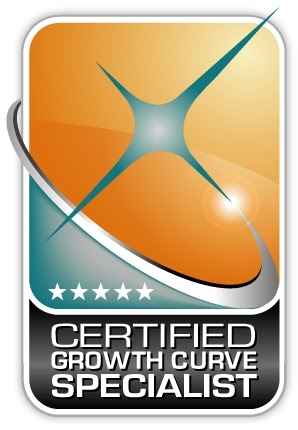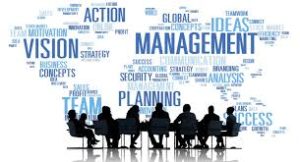In the Beginning
You launched your business with your special knowledge and skills, plus a vision of how to deliver a better product or service. With your success, you started to grow the business and added employees. As you continued to grow and add more employees, things begin to get more complex. It’s a simple fact; people add complexity.
7 Stages of Growth
As a company grows from Start-up to 500 employees, it passes through 7 Stages of Growth. At each stage of growth, things change. What things? For one, the challenges change. As the initial challenges of cash flow and chaos are addressed, new challenges, such as leadership/staff communication gap and difficulty forecasting problems, arise.
Building a Business Bedrock
Critical to navigating the growth curve is solving the underlying challenges you face as the CEO. For example, the chaos you find yourself in when starting your company is overcome by placing processes and procedures in place that take the complex and simplifies it. Addressing process issues becomes the bedrock upon which you build a strong company.
A Critical Business Bedrock
Another critical bedrock needs to be put into place in Stage 2. In Stage 1 (1-10 employees) you hired for fit. You needed people who understood your vision and who were excited about your vision. In Stage 2 (11-19 employees) you needed to shift to hiring qualified people with the right knowledge and experience. Even more important at this stage is identifying the 2-3 key people you can trust and train in preparation for the future divisions or departments you will establish as you continue to grow. Another important rule of the 7 Stages of Growth is that as soon as you land in a new stage of growth, you must prepare for the next stage of growth.
Moving from CEO-centric to Enterprise-centric
A major transformation takes place when a firm moves from Stage 2 to Stage 3 (20-34 employees). You, the CEO, go from 10-20% manager to 60% manager. This is when it goes from being about you to being about the company. We call this shift CEO-centric to Enterprise-centric. Now you need to move from being dominate (directive) to facilitative. “You must let go to let it grow.” You need to delegate not just tasks, but responsibilities. You must coach and develop those key people you identified in Stage 2. If you don’t make the shift, you will find yourself overwhelmed by more decisions to make than you can handle. If you don’t make the shift, it will impede your firm’s ability to continue to grow. You may be tempted to reduce the size of the company to get it back under control. You can’t move forward by moving back.
Help with the Transformation
The move from CEO-centric to Enterprise-centric is a very difficult for most CEO’s/Founders. In fact, many don’t make it. If you are having trouble understanding all that is going on in your company and in making the transition, I can help.
You need to adapt your CEO modality to this new stage of growth. Part of it is learning to shift from being dominate to facilitative. The CEO has to shift from “Let’s head in that direction”, having a dominate presence to “How can I help us get there? which is more of a facilitative presence.
Another important “new” role for you as the CEO is to develop a management team. You need to define clear roles and responsibilities for each team member. You need to hold a weekly team meeting, as well as one-on-one meetings with each manager. You also need to create accountability measures to focus on key performance indicators that support company goals.
Getting Started – A Test Drive
You may be wondering if the 27 Challenges will really work for your company. So I challenge you to take the FREE 27 Challenge Assessment. It will not only give you better insight into your Top 5 Challenges, but you will receive a Special Report for your Stage of Growth. The Report will provide you with the following:
- 5 Biggest Challenges
- Tools to Build Your Business
- 5 Non-Negotiable Rules
- Business Building Blocks
- Getting Ready for the next Stage of Growth
To take the FREE 27 Challenge Assessment go to https://www.trwconsulting16.com/ and click on Take 27 Challenge Assessment.
TRW Consulting was created to help companies navigate the challenges that are typical for a Stage 1 through Stage 7 organizations. We have designed programs, services and tools that are directly tied to the issues you’ll faced at each stage of growth.
You can find over 14 articles on LinkedIn and my website that related to the 7 Stages of Growth. Here is the link to a related one – When Everything in Your Company Changes – Ramp-up to Delegation https://www.trwconsulting16.com/everything-company-changes-ramp-delegation/.
Another resource is my eBook 4 Puzzle Pieces to Growing a Successful Business. You will find it on the home page where the 27 Challenges are located.




